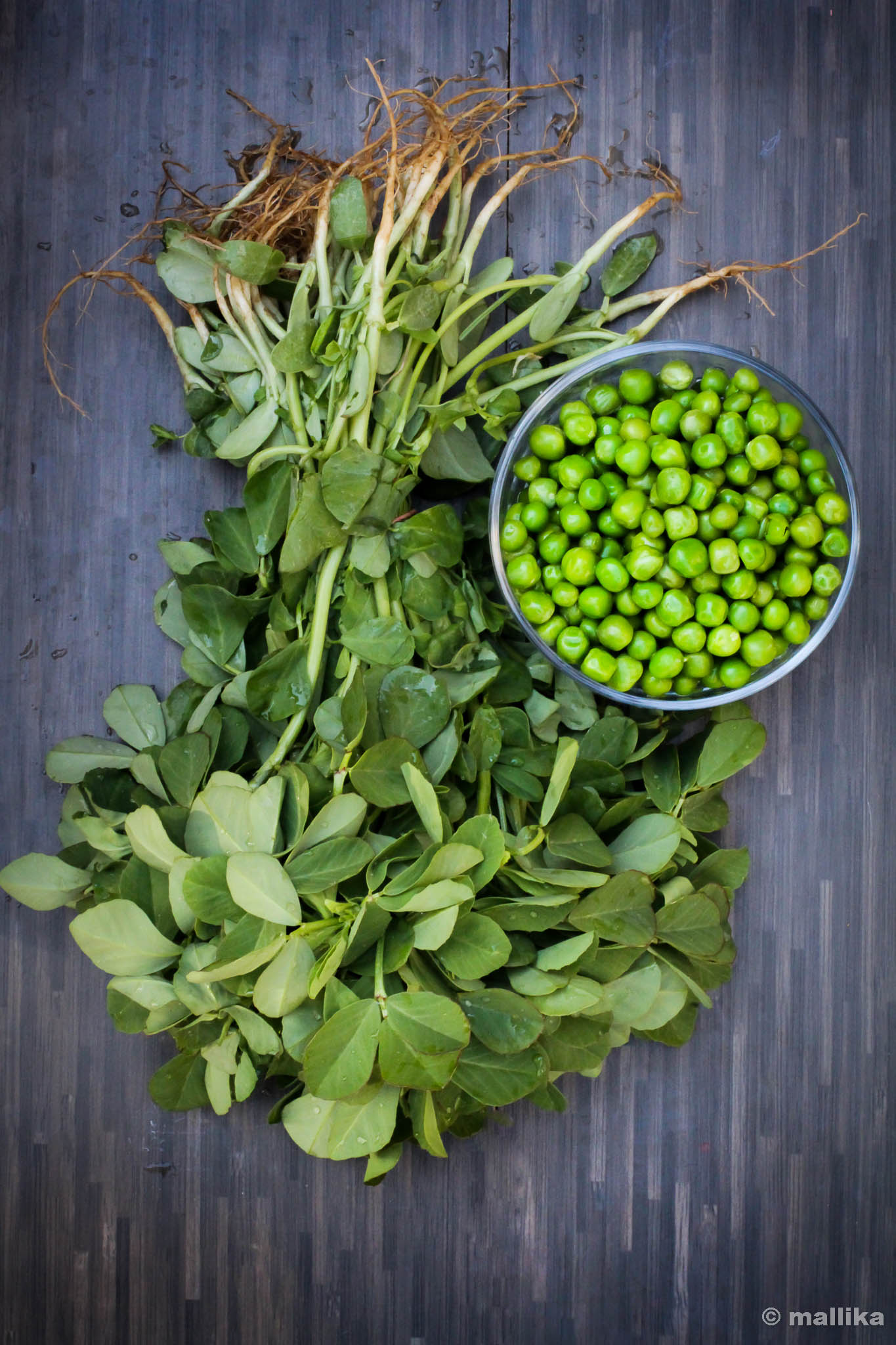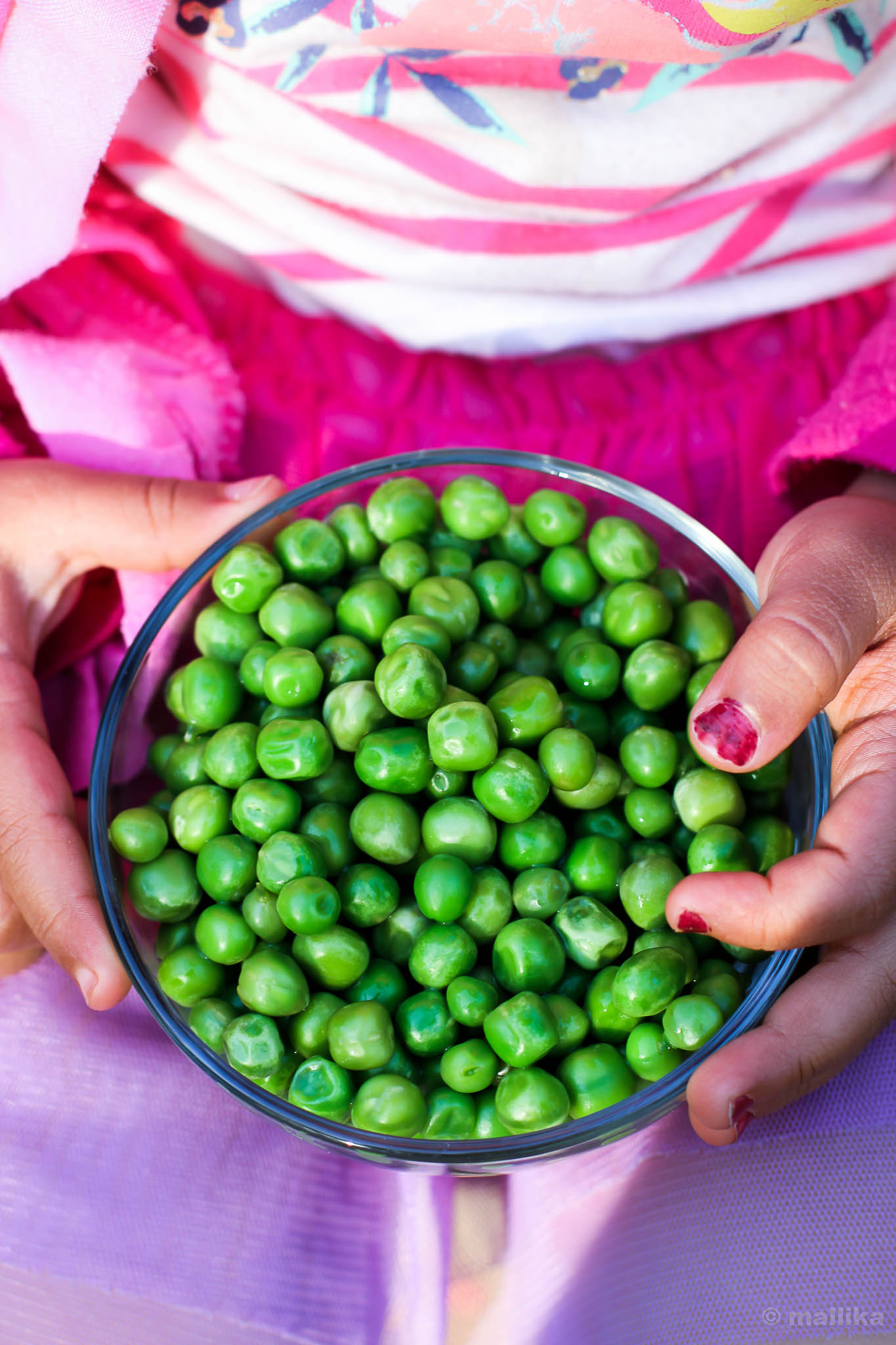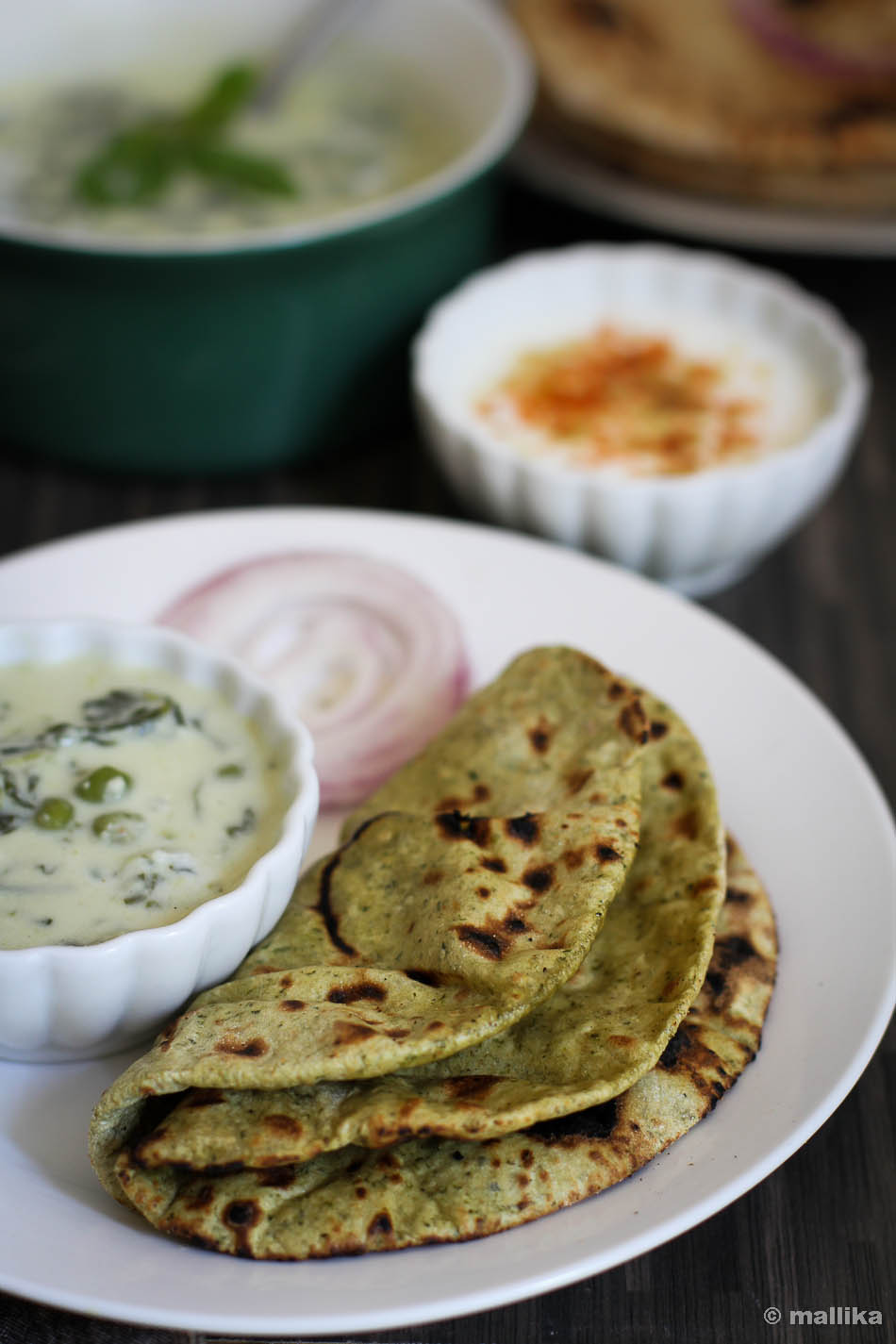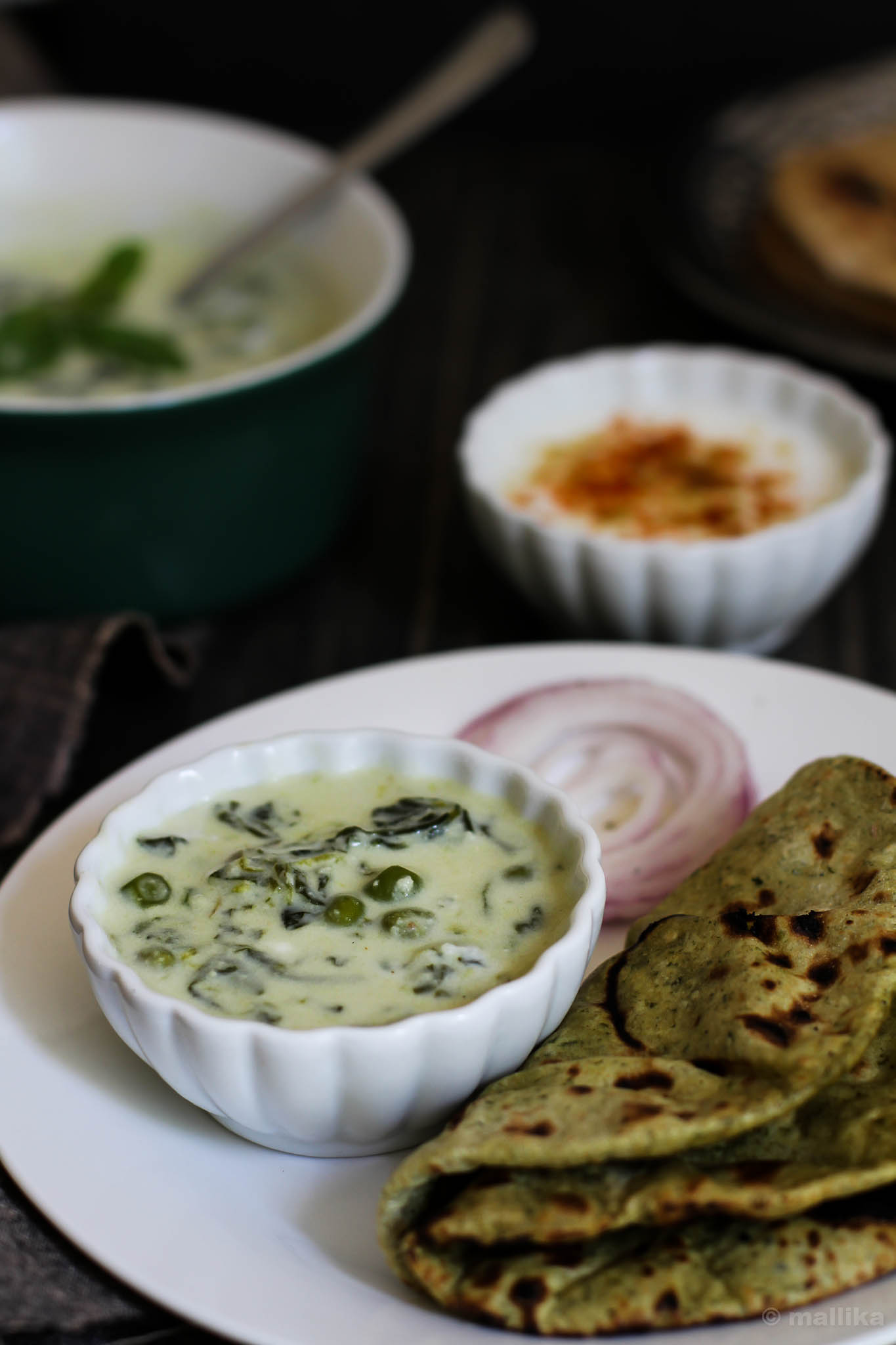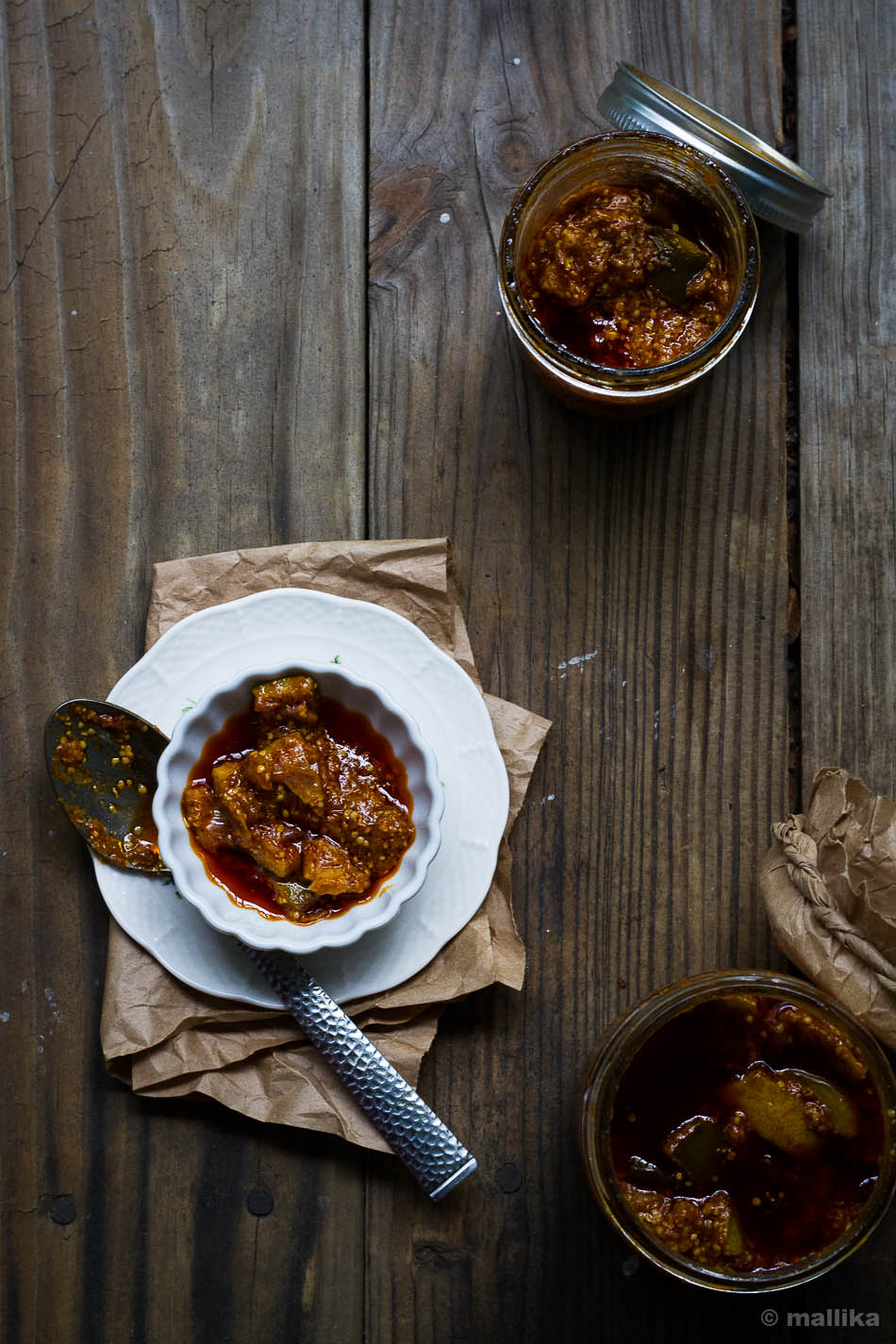The grocery shopping this weekend saw me picking bunch of fresh fenugreek greens that gleamed off from the rest of the greens. For a long long time, my mind has been set on making restaurant styled methi mutter malai well in the comforts of my kitchen. Having had this a couple of times at restaurants in the past, and while seeing a lot of bloggers on web-space make this with ease, my heart was sold as I saw them on the grocery counter. May be it was the fresh leaves with tender stalks or the firm sap greenness that called out to me; quite undeterred I had a couple of healthy bunches carrying back home. You bet, I would probably not spare the roots too, given the chance may be!
On another note the start to this weekend went off quite memorable. Late evening on Friday this week, I headed to Aloft to join them in their second MTV Asia Musical awards show where we saw the top five finalists battle out for the winning position. It was a musical night filled with glitzy, glamour, creativity over cocktails and canapes. The bands had it all that brought them up there. Their music, soulful compositions, phenomenal talent with creativity and technical skills - all put together to fill the space with their youthful aura.
So when Saturday came by, my mind was still grooving into the energies of the night before. Saturday, my grocery bag was stocked with all that I needed for a good methi mutter malai. However, I put that aside for the Sunday lunch. Instead, I pulled off the day lazying around and filling myself a light brunch and fruits, skipping dinner. Sunday though, this methi mutter malai and pulao made up for a royal feast.
Methi Matar Malai needs no introduction to most. Hailing from the Punjabi North Indian cuisine, this dish can be commonly found in the menu card of most North Indian restaurants. The fresh fenugreek leaves and green peas are simmered in a rich, white and creamy gravy base, it's simplicity and richness that will enamor you in the first place. It's great served as a side dish for roti, parathas, naan or pulaos.
It's not a dish one would recommend for a daily indulgence, yet, it never harms when it promises some health through greens that are packed with nutrition. The dish is fragrant and so mildly spiced that its loved by kids too. What I love is the sheer simplicity of this dish, the mild flavors and richness that this recipe offers, quite replicating the Indian restaurant styled methi mutter malai.
Methi Matar Malai | Restaurant Style Methi Mutter Malai
INGREDIENTS
2 cups chopped fenugreek / methi leaves
1 cup fresh / frozen green peas
1 tsp cumin seeds
1/2 cup milk
1/4 cup fresh cream
1 tsp sugar
2 tbsp oil
Salt to taste
To be fried and ground into a paste
1 onion
1-2 green chillies
1/2" ginger clove
1-2 garlic cloves
2 cloves
Seeds from 3 cardamom pods
1/4 cup cashewnuts
DIRECTIONS
Soak the cashewnuts in warm water for 20 mins. Drain and set aside to be ground along with other ingredients. In a pan / kadai, heat a tablespoon of oil and fry onion, green chilli and ginger till the onions are transparent. Turn off the flame and allow to cool. In a mixie, grind to paste the fried ingredients along with the soaked cashews with little water. Set aside.
In a pan / wok, saute the chopped fenugreek leaves along with half a teaspoon of salt till they wilt and let out the water. This will take about 5-6 minutes. Switch off the flame and allow it to cool to room temperature. Then, squeeze the water out of the leaves to remove the bitterness from them and set the drained leaves aside.
In another pan / kadai, heat a tablespoon of oil. Fry the cumin seeds. As they sizzle in the oil, add cloves and cardamom seeds, Then add the green peas and fry them briefly for couple of mins till the peas are cooked. Next, add the cooked and drained fenugreek leaves with 1/4 cup water. Add the milk and cream. Simmer on low flame for 5-6 minutes. Add the sugar and salt to taste and mix well. Transfer Methi-Matar Malai to serving dish and drizzle little cream on top if desired. Drizzle some fresh cream on top. Garnish with coriander leaves or mint leaves and serve methi matar malai hot with naan, parathas or phulkas.
Notes:
- Its not necessary to saute the fenugreek leaves prior to adding this to the recipe. However, fenugreek greens have some bitterness, and if you wish to avoid this coming through, it would be good to saute them first and then use in the recipe. This also helps in retaining the white color in the gravy.
- The water drained from fenugreek leaves is nutritious and hence instead of throwing it away, you may use them to knead dough and make rotis from these. Infact, my photographs will show some of the rotis I made using the water from the boiled greens. They taste quite like normal rotis and the bitterness is barely known.
- I used the small spicy variety of green chilli in this recipe. It provides the desired heat to the dish and does not affect the color of gravy. Alternatively, you may slit the green chilli lengthwise and fry in oil along with cumin and spices.
- On adding milk and cream, do not boil on high flame. Instead keep the flame on low and allow the gravy to simmer. This will avoid splitting.
- Cashews are important here as they not just lend flavor to this recipe, but the volume and richness to this gravy. You may replace cashews for soaked almonds as well.
- You may skip the milk cream and just use unsweetened evaporated milk / milk powder here. Milk powders usually have added sugar, so watch the quantity used and skip sugar. A heaped tablespoonful should do. The recipes with white gravies are usually mildly sweet. This sweet richness comes from the use of milk, cream and sugar. So don't be surprised. The flavor will vary if cream is substituted and the dish will not be as rich as the cream based.

